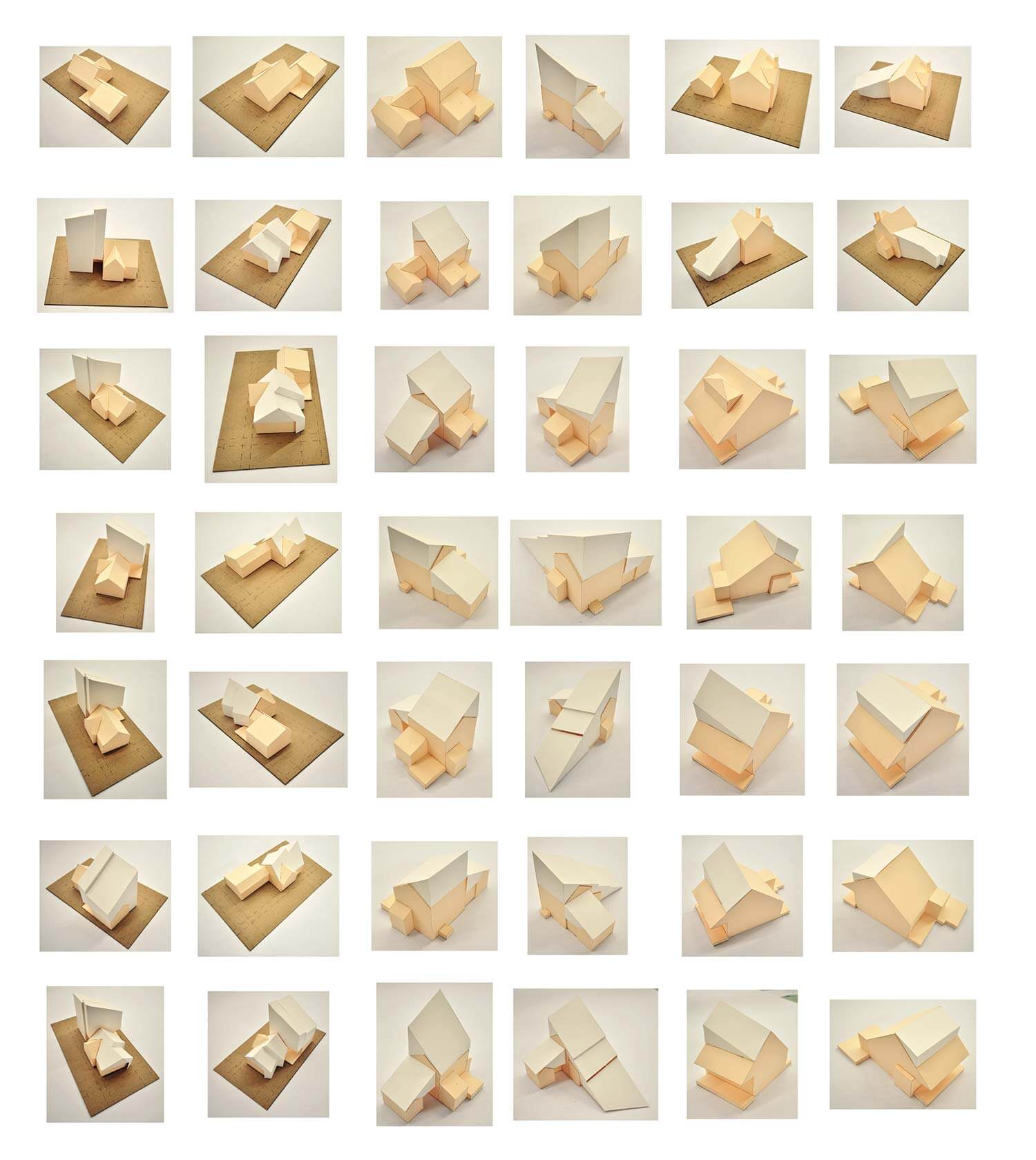Strategic Additions
In architectural circles the single-family house is a cherished commission: the renovation of or addition to an existing home, its poor step-child. There is reason to challenge this bias within the discipline. At present, there are almost 130 million dwellings in the United States; alterations to these dwellings constitute a $300 million annual industry. Neighborhoods formed by existing housing stock are frequently “location efficient.” Retrofitting the existing building stock presents an unprecedented opportunity to address embodied energy simultaneously with energy efficiency. The scale of the impending transformation suggests the need to enlarge the disciplinary discourse to consider these commissions both pragmatically and imaginatively.
This paper documents a design research project that examines retrofit design vocabularies. A reference neighborhood with early 20th century building stock was studied using tax records to identify original construction dates, sizes of homes, and retrofit status. From this data, transformation patterns were extracted and a design investigation was pursued to investigate one optimization strategy within the context of four typical housing retrofits. In doing so, the study explores how viewing existing housing stock through the lens of embodied energy and location efficiency can invigorate design, and alter the reception and implementation of these projects within the discipline.
Date
2011-2012
Project Team
Julian Rosario
Publication
International Journal of the Constructed Environment Issue 7, no. 1, January 2016
Award
International Award for Excellence for Volume 7

